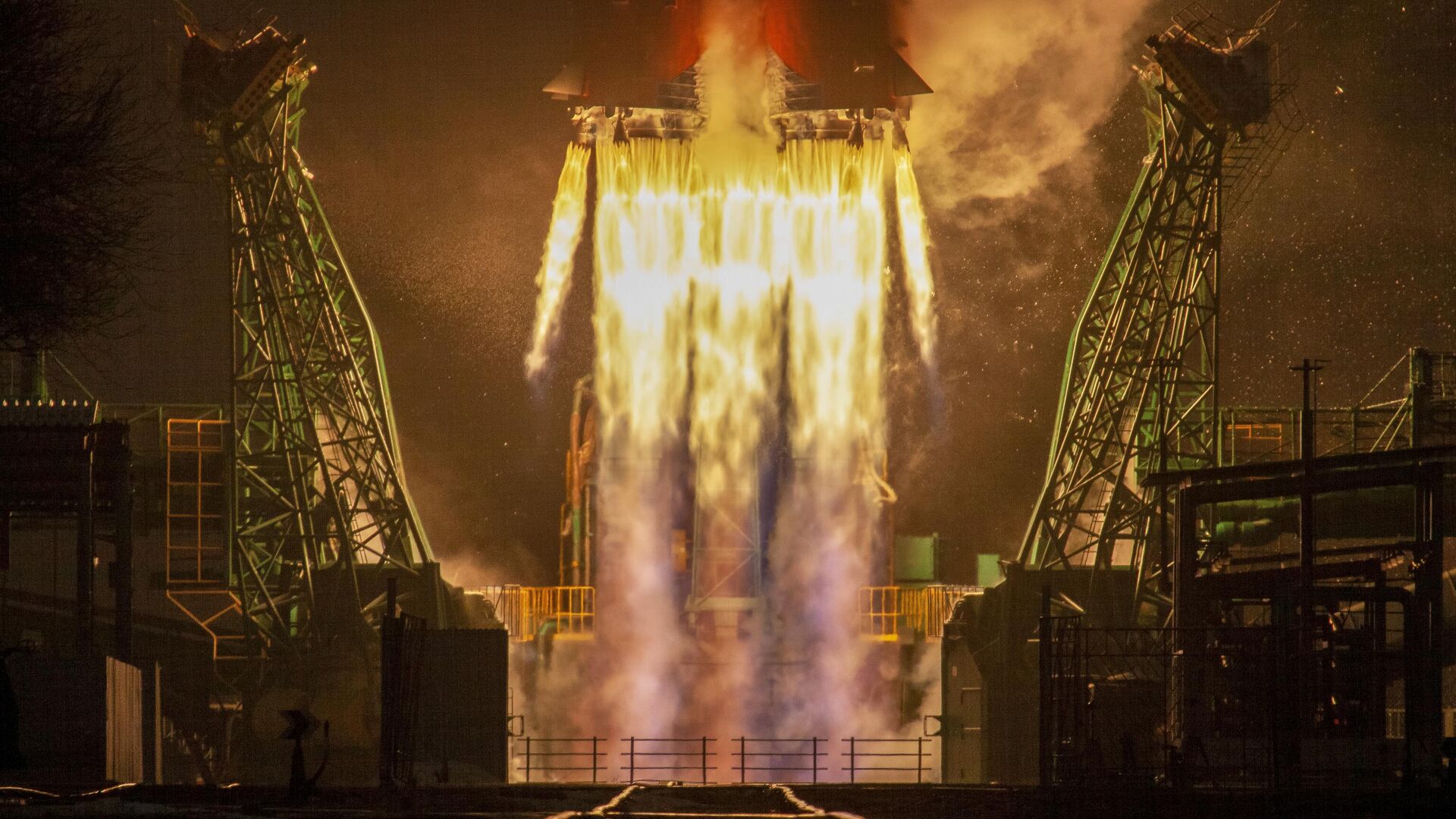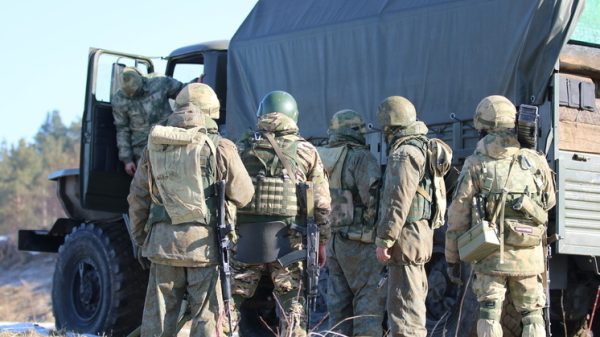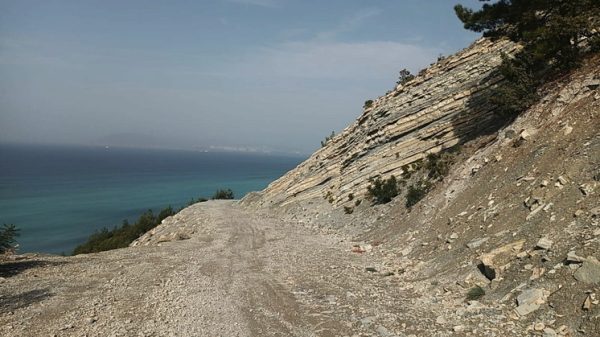
MOSCOW, December 16 The second hydrometeorological satellite «Arktika-M» entered orbit after launch on the Soyuz-2.1b rocket, Roscosmos reported.
«
"Second "Arktika-M" in orbit!" — the publication says.
The rocket launched from Baikonur at 12:17 Moscow time. After 9 minutes 22 seconds, the Fregat upper stage with the satellite separated from the third stage and entered an open orbit. After that, he turned on the engine three times and delivered Arktika-M to the calculated highly elliptical orbit.
As Nikolai Ilyin, project manager for the Lavochkin NPO orbital program, said before the launch, putting the device into operation will make it possible to continuously monitor the Arctic region.
The first such satellite was launched on February 28, 2021, and was put into operation on September 3. Two more satellites should be added to the system by 2031. In addition, in 2026 the design of the new generation Arktika-MP devices will begin.
According to Ilyin, four devices will halve the break between filming. Then experts will be able to detail ultra-short-term weather forecasts (two to three hours), and it will also be easier for them to detect mesoscale cyclones (those that can lead to extreme weather changes).
With the help of satellites it will be possible to speed up the detection of fires in the tundra. In addition, the constellation of four satellites will be able to operate in stereographic image processing mode, due to which it is better to highlight clouds and their characteristics, which is very important for aviation flights in the Arctic.
The Arktika-M satellites operate in an elliptical orbit with an inclination of 63.3 degrees and in their working area they see the Arctic region, including the Northern Sea Route. They are equipped with instruments for obtaining images of clouds and surfaces in the visible and infrared ranges, monitoring and forecasting solar flares, radiation conditions and the geomagnetic field.
< /span>






















































Свежие комментарии